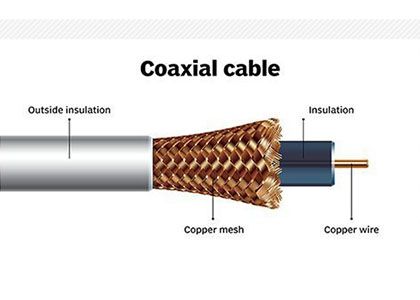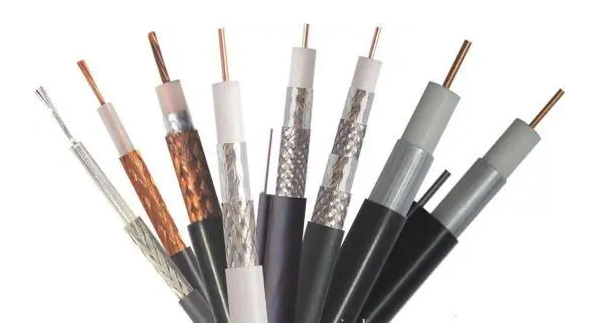RF coaxial cables are an integral component of modern communication systems, serving as an essential medium for transmitting high-frequency signals. This article aims to provide a comprehensive guide to professional installation and usage of RF coaxial cables, covering their construction, types, installation techniques, and maintenance considerations.
Understanding RF Coaxial Cables: 1.1 Construction: RF coaxial cables consist of a central conductor, dielectric insulator, shielding, and protective jacket. Each component plays a critical role in ensuring efficient signal transmission. 1.2 Types: Common types of RF coaxial cables include RG-6, RG-11, and RG-58. The selection depends on specific requirements such as signal frequency, power handling capability, and installation environment.

Installation Techniques: 2.1 Planning: Before installation, it is essential to plan the cable route, considering factors like signal quality, cable lengths, connectors, and the need for signal amplification. 2.2 Cable Preparation: Proper cable preparation involves trimming the jacket, exposing the conductor, and correctly crimping connectors or soldering using the appropriate tools. 2.3 Connector Types: Various connector types, such as BNC, SMA, or N connectors, are used based on the equipment's specifications and the required level of signal integrity. 2.4 Cable Routing: Coaxial cables should be routed away from sources of electromagnetic interference (EMI), such as electrical wires and fluorescent lights. 2.5 Grounding: Proper grounding is crucial to minimize interference and protect against voltage surges. Grounding blocks and grounding rods should be used in accordance with local building codes.
Signal Integrity and Loss Considerations: 3.1 Signal Loss: RF coaxial cables experience signal loss due to resistance, dielectric losses, and impedance mismatches. It is vital to choose cables with a low loss rating and adaptors with impedance-matched connectors. 3.2 Impedance: Most RF coaxial cables have an impedance of 50 or 75 ohms. It is essential to maintain consistent impedance throughout the system to prevent signal reflections and reduce attenuation. 3.3 Attenuation and Frequency: Coaxial cables exhibit varying attenuation characteristics at different frequencies. Understanding these characteristics ensures proper signal transmission across the desired frequency range.

Maintenance and Troubleshooting: 4.1 Regular Inspections: Periodic inspections help identify potential issues such as frayed cables, loose connectors, or damaged shielding. Prompt remediation can prevent signal degradation and system downtime. 4.2 Cable Protection: Proper cable protection against physical damage, exposure to extreme temperature or moisture, and bending or crushing is vital for maintaining signal integrity. 4.3 Fault Diagnosis: Troubleshooting common issues like signal loss, signal degradation, or poor signal quality requires testing equipment such as multimeters, cable testers, and spectrum analyzers.
Conclusion: RF coaxial cables play a crucial role in transmitting high-frequency signals with minimal loss and distortion. Installation and usage of coaxial cables require careful planning, proper techniques, and regular maintenance. By understanding the construction, types, installation techniques, and maintenance considerations covered in this article, professionals can ensure efficient and reliable communication systems.



